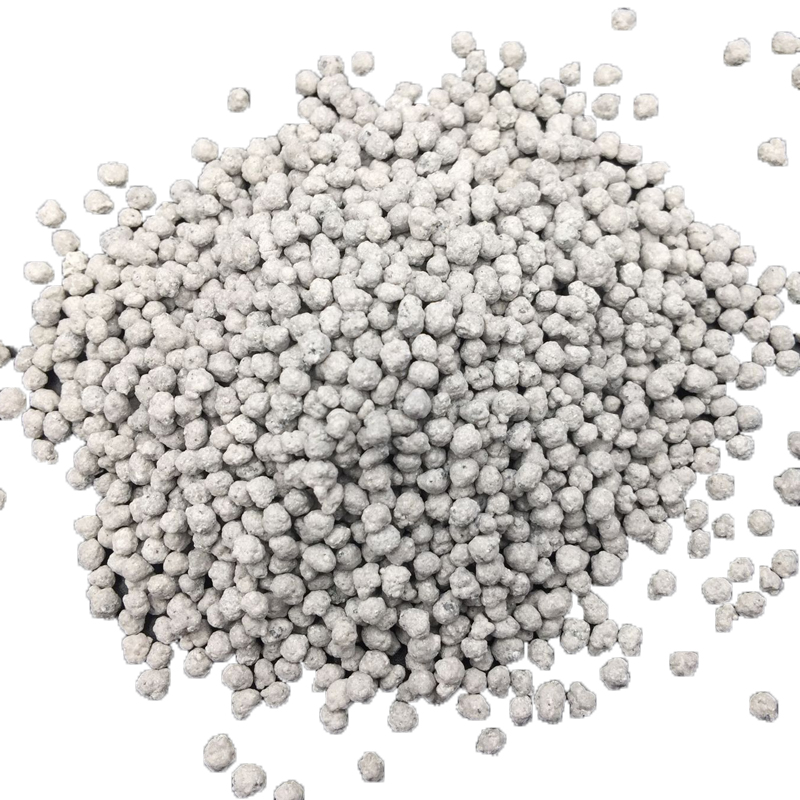
Kas . 19, 2024 08:39 Back to list
urea 46 fertilizer factory
The Importance of Urea 46% in Fertilizer Production
Urea, a powerful nitrogen-rich compound, has become a cornerstone in the global agricultural industry due to its impressive nutrient profile and effectiveness as a fertilizer. Urea 46%, referring to the nitrogen content in the urea, is one of the most widely used fertilizers around the world. In this article, we will explore the significance of urea 46% fertilizer factories, their production processes, and their contribution to modern agriculture.
The Role of Urea in Agriculture
Nitrogen is an essential nutrient for plant growth, playing a vital role in photosynthesis, enzyme production, and overall cellular function. Urea, with its high nitrogen content of 46%, is particularly beneficial because it meets the nitrogen needs of crops in a concentrated form. Unlike other nitrogen fertilizers, urea is easily and quickly absorbed by plants, making it an effective choice for farmers aiming to boost their crop yields.
The use of urea as a fertilizer began in the early 20th century, and since then, it has revolutionized farming practices. The efficiency of urea 46% allows farmers to apply less product while still achieving significant results, making it an economical choice for increasing agricultural productivity.
Urea 46% Fertilizer Factory Production
The manufacturing process of urea 46% typically involves several key steps synthesis, granulation, and packaging.
1. Synthesis Urea is synthesized from ammonia and carbon dioxide through a reaction under high temperature and pressure. The reaction produces ammonium carbamate, which is then dehydrated to form urea. This step requires substantial energy and careful monitoring to ensure product purity and consistency.
urea 46 fertilizer factory

2. Granulation After synthesis, the urea is in a liquid form and must be transformed into a solid state for ease of handling and application. This is achieved through a granulation process, where the urea is crystallized and then dried. The granulated urea is uniform in size and can be easily spread on fields, ensuring an even distribution of nutrients.
3. Packaging and Distribution Once granulated, urea fertilizer is packaged in various forms, including bags and bulk shipments, ready for distribution. Efficient logistics and transportation are crucial to deliver this vital product to farmers across the globe.
Environmental Considerations
While urea 46% plays a critical role in sustainable agriculture, its use is not without challenges. The application of nitrogen fertilizers can lead to issues such as nitrogen leaching and greenhouse gas emissions. To mitigate these environmental impacts, modern fertilizer factories are increasingly focusing on sustainable practices.
Innovations such as coating technologies can enhance the slow-release properties of urea, reducing the risk of nutrient loss and optimizing plant uptake. Additionally, many fertilizer manufacturers are investing in research to develop improved formulations that minimize environmental impacts while maximizing agricultural productivity.
Conclusion
Urea 46% fertilizers are indispensable tools in modern agriculture, empowering farmers to raise productivity and ensure food security in an ever-growing global population. As the agricultural landscape continues to evolve, urea fertilizer factories are essential not only for production but also for integrating innovative, sustainable practices that balance agricultural needs with environmental responsibility.
By advancing production methods and embracing sustainability, urea fertilizer factories can continue to support the agricultural sector in meeting the challenges ahead, ensuring that we can feed the world while preserving our planet for future generations. The importance of urea 46% in the fertilizer industry cannot be overstated, and its role in global agriculture will remain vital for years to come.
-
10 10 10 Fertilizer Organic—Balanced NPK for All Plants
NewsJul.30,2025
-
Premium 10 10 10 Fertilizer Organic for Balanced Plant Growth
NewsJul.29,2025
-
Premium 10 10 10 Fertilizer Organic for Balanced Plant Growth
NewsJul.29,2025
-
Premium 10 10 10 Fertilizer Organic for Balanced Plant Growth
NewsJul.29,2025
-
50 Pound Bags of 13-13-13 Fertilizer for All Plants – Bulk & Organic Options
NewsJul.28,2025
-
High-Efficiency 15-30-15 Granular Fertilizer for Healthy Crops
NewsJul.28,2025
